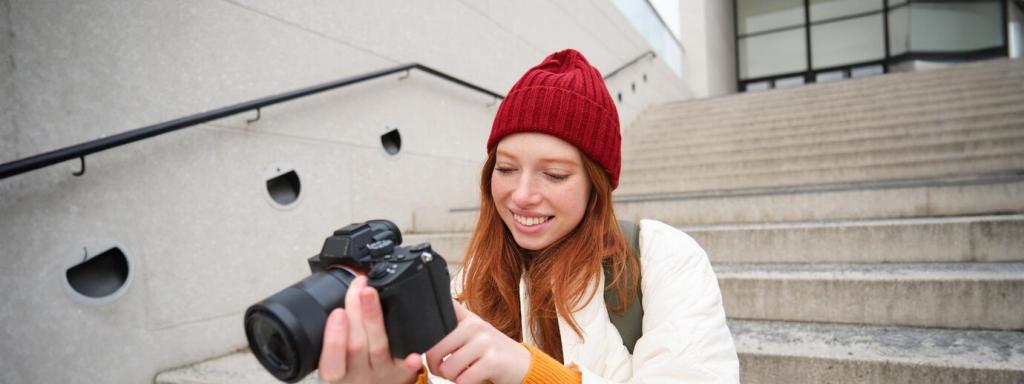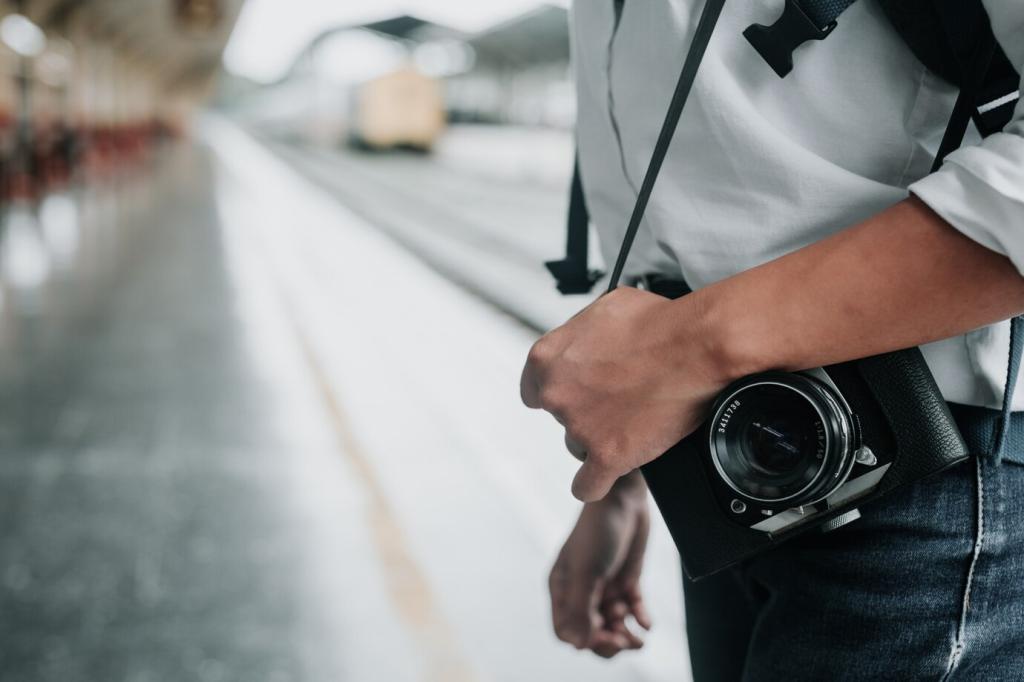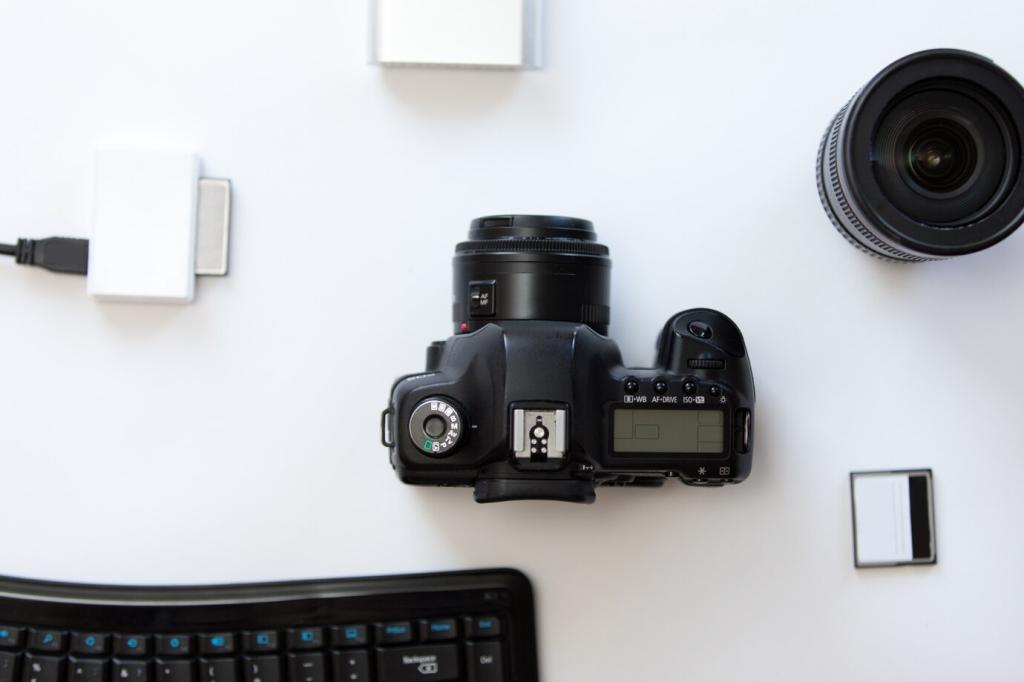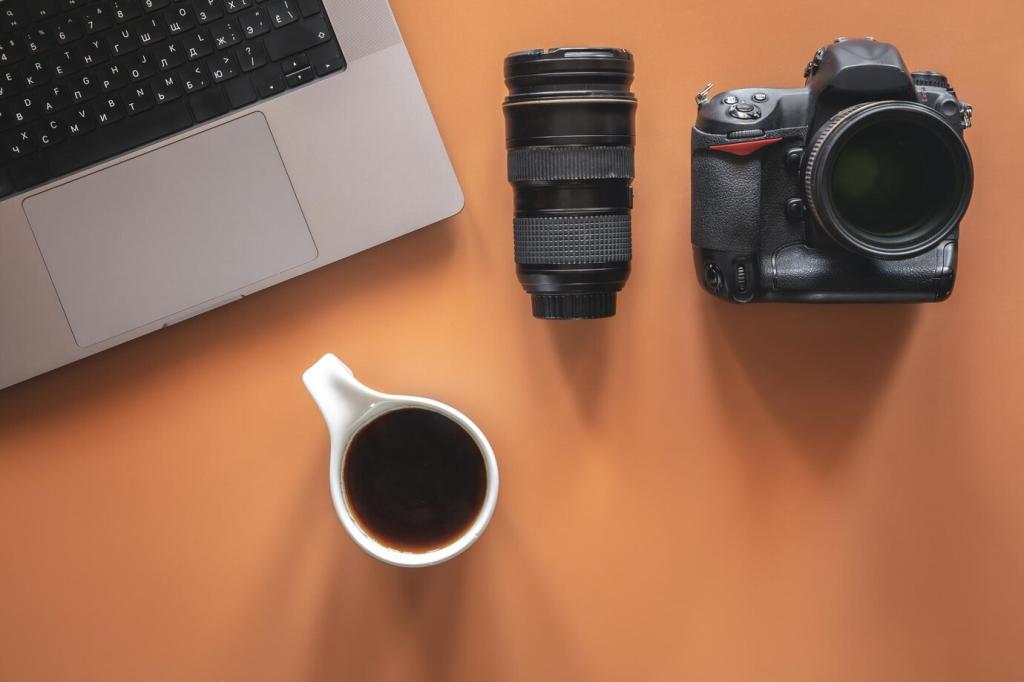Wildlife and Sports: Reach and Speed
Versatile 100–400mm and 200–600mm zooms track unpredictability, while 400mm f/2.8 primes dominate dim stadiums. Teleconverters add reach with light trade-offs. What balance of weight, speed, and sharpness fits your routine?
Wildlife and Sports: Reach and Speed
Monopods relieve arm fatigue without sacrificing mobility. Gimbal heads float heavy glass, while beanbags steady car-window shots. Dial fluid drag for smooth pans. Which support changes your keeper rate the most?










